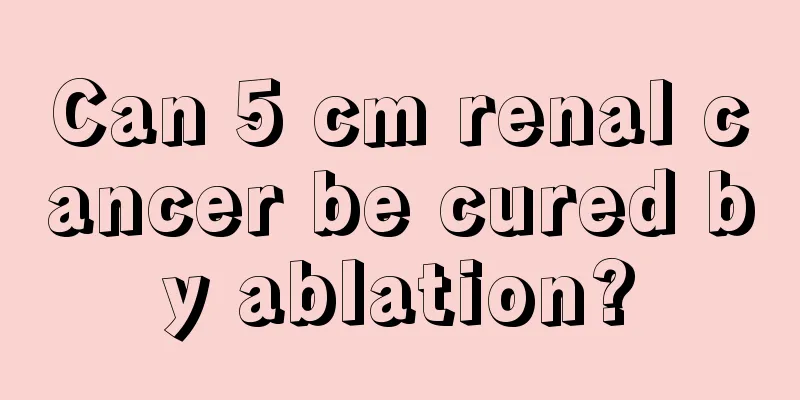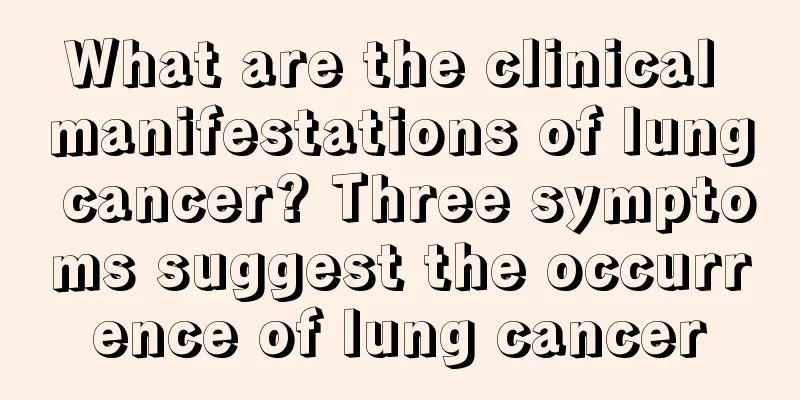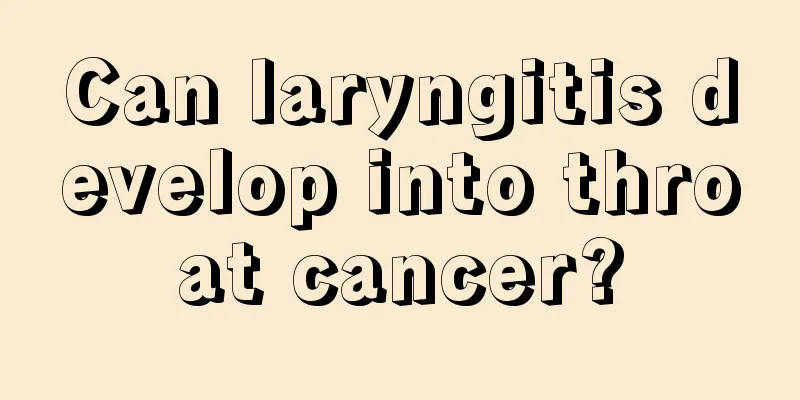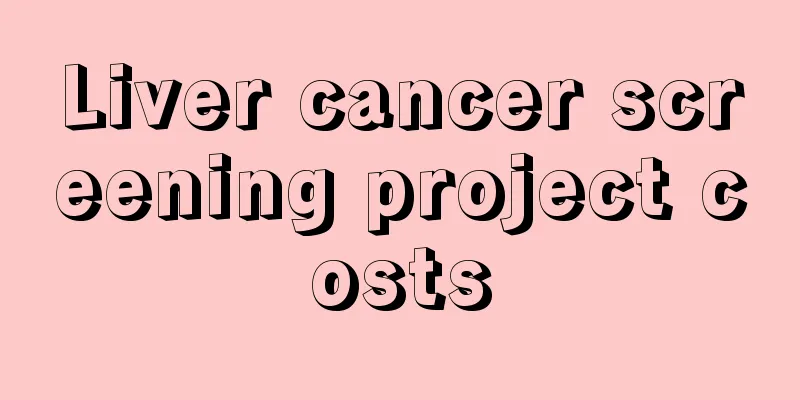Is there still hope for a child with glioma
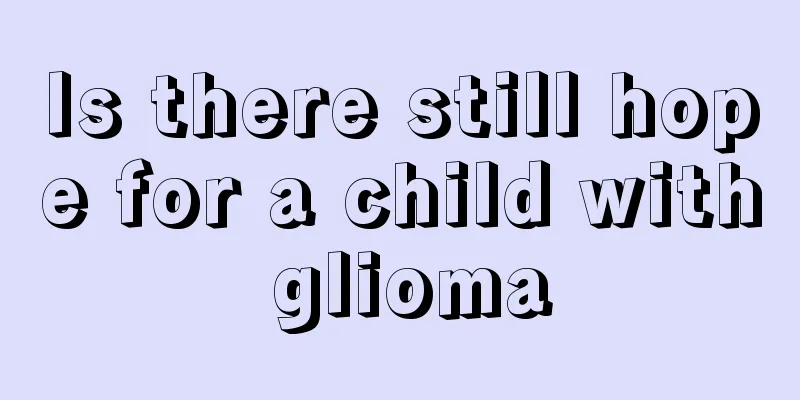
|
There is still hope for treatment for children with glioma, but a scientific treatment plan needs to be chosen based on the severity of the disease, the grade and location of the tumor, and other specific conditions, including surgery, radiotherapy, chemotherapy, and supportive treatment. 1. Causes of glioma: Children's glioma may be related to genetic factors, environmental exposure and physiological changes. Certain genetic diseases such as Li-Fraumeni syndrome increase the risk of disease, and long-term exposure to high radiation environments may also induce it. Some studies have shown that abnormal brain development or immune dysfunction may also lead to the occurrence of glioma. 2. How to treat glioma: The main methods for treating gliomas currently include the following: 1. Surgical treatment: For resectable gliomas, surgery can minimize the tumor volume. Microsurgery combined with intraoperative navigation technology is usually used, and recommended surgical methods include "microscopic total resection" or "partial resection". 2. Radiotherapy: It is suitable for tumors that cannot be completely removed by surgery, or for postoperative adjuvant therapy. Common methods include intensity modulated radiotherapy (IMRT) or proton therapy to minimize damage to normal brain tissue in children. 3 Chemotherapy: Commonly used drugs such as temozolomide are suitable for high-grade gliomas, but attention should be paid to drug side effects. Combination chemotherapy with multiple drugs may improve efficacy. 3. Support in life: 1. Dietary support: focus on balanced nutrition, provide low-sugar and high-protein diet, and enhance the body's immunity. 2 Psychological support: In the face of illness, family companionship and psychological counseling can relieve the emotional stress of children and families, which is extremely important for recovery. 3 Rehabilitation training: Physical rehabilitation training can be arranged appropriately after surgery to restore nerve function and improve quality of life. 4. Prognosis assessment: The prognosis of glioma varies depending on the type and grade. Low-grade gliomas such as grade I and grade II have better treatment effects, while high-grade tumors such as grade III and grade IV are more difficult to treat. Early diagnosis and standardized treatment are the key to improving prognosis. Even if the child is diagnosed with glioma, there is still hope for treatment. Parents should take their children to the doctor in time to make a clear diagnosis, and cooperate with the doctor to develop an individualized treatment plan. At the same time, they should provide physical and psychological support to the child and face the challenges together. |
<<: What are the signs of brain cancer
>>: Early symptoms and signs of thyroid cancer
Recommend
Why do small grains appear after applying the mask?
If small bumps appear on your skin after using a ...
Treatment of cerebral ischemia
When the human body has some problems, it needs t...
Foods that cure myopia
Myopia is a very common problem nowadays. Many pe...
How long can I live if brain cancer recurs and I have surgery again
In my country, brain tumor is a common malignant ...
What are the common symptoms of early cervical cancer
Cervical cancer is a common gynecological maligna...
Can cold water be used to make coffee?
Many people drink hot coffee because hot water is...
What are the symptoms of spleen tumor
The spleen is a very important organ that affects...
Is lung cancer really contagious? Three high-risk groups are prone to lung cancer
The main causes of lung cancer include smoking an...
Choosing the right method can better treat melanoma
Melanoma is a common surgical disease. Many peopl...
Four types of food that you should avoid if you have seasonal skin allergies
During the change of seasons, especially in sprin...
The problem of blushing after drinking alcohol not being harmful to the body
I believe many people have seen people who blush ...
What is food grade pp material
PP material is a very common plastic. It can be u...
What are the dangers of artificial rainfall
Artificial rainfall is a scientific technology th...
Where is the aorta?
The aorta that people often talk about refers to ...
What tests should bladder cancer patients take
Bladder cancer is the most common malignant tumor...



